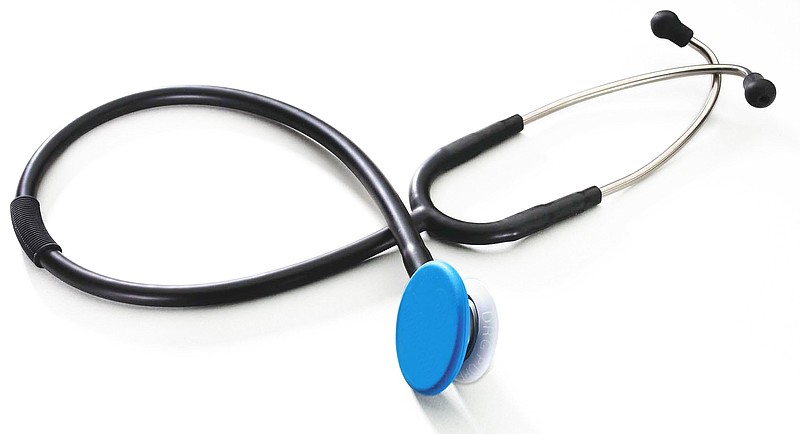Imagine a patient who is 12 inches long and weighs 20 ounces. That's the challenge for surgical teams who address developmental defects that are best corrected in the mother's womb. Spina bifida is one such abnormality. It's the most common, congenital defect of the central nervous system that is compatible with life.
In its most severe form, spina bifida describes an opening in the mid- to lower spinal column that occurs in the earliest development of the brain and spinal cord. Exposure of the developing spinal cord to amniotic fluid, the fluid within the uterus, progressively damages the spinal cord.
Spina bifida arises from a combination of environmental and genetic causes. Deficiency of folic acid (vitamin B9) in the maternal diet is one factor and is preventable. Since 1998, U.S. regulations insure enrichment of breads, cereals and other grain products with folic acid. The vitamin is also found in green, leafy vegetables, dried beans, peas, nuts and fruit. Folic acid supplementation during pregnancy has reduced the incidence of spinal bifida by an estimated 30 percent. But maternal obesity, uncontrolled diabetes and some anti-seizure medications may increase the risk.
Prior to the 1990s, an infant with spina bifida would have surgical closure of the defect soon after birth. In spite of the repair, these children often had significant, permanent problems with bowel and bladder function, severe weakness of legs and build-up cerebrospinal fluid, which required the placement of shunts.
A maternal blood test alerts her physician to the possibility of spina bifida. Chemical testing of amniotic fluid and detailed ultrasound study of the fetus confirm the diagnosis.
Using animal models, researchers perfected fetal surgery over several decades beginning in the 1930s. A pregnant woman presented the dual challenge of safeguarding the health of mother and fetus. A full-term delivery of a healthy baby was the overriding goal.
Prenatal correction of spina bifida was successfully carried out at Children's Hospital of Philadelphia and Vanderbilt University Medical Center in 1997 and 1998. At each site, a sophisticated team of physicians - including surgeons of various specialties - pediatricians, obstetricians, nurses and anesthesiologists was assembled for the groundbreaking work. Prenatal surgery was performed between the 22nd and 26th weeks of gestation.
In 2003, the National Institutes of Health organized and supervised a seven-year, randomized, prospective study at the two hospitals and the University of California San Francisco which compared outcomes of fetal correction of spina bifida with post-delivery surgery on the defect. Volunteers were recruited nationwide. The study was terminated early because of the strikingly better outcomes in the fetal-surgery group.
Not all fetuses with spina bifida are candidates for prenatal surgery. Careful assessment of fetal and maternal health is vital along with counseling of mother and father. Premature delivery may occur in up to 13 percent of pregnancies in which fetal surgery has been performed.
Careful follow-up is vital for all children who have had fetal or post-natal surgery. Up to 40 percent of infants who have had fetal surgery still require the placement of shunts in the brain to correct accumulation of cerebrospinal fluid.
At a reunion in Nashville of children who had undergone prenatal surgery, wheelchairs were gathered in anticipation of their arrival. The wheelchairs were largely unused since most of the children walked from their parents' cars to the celebration.
Fetal surgery should only be undertaken by medical centers that have built expert teams to address the myriad challenges of the procedure. This landmark accomplishment represents the best of collaborations between meticulous research and clinical execution.
I dedicate this column to the late Terri Hasty who, along with her parents, taught so many of us about grace and courage as she confronted spina bifida during her 50 years.
Contact Clif Cleaveland at cleaveland1000@comcast.net.

